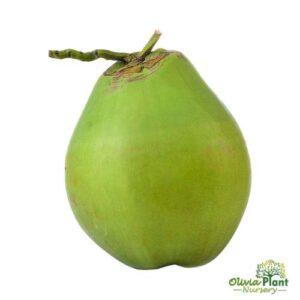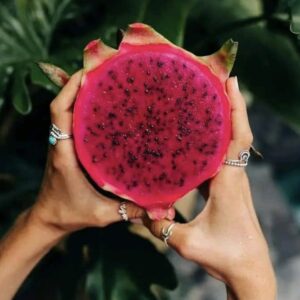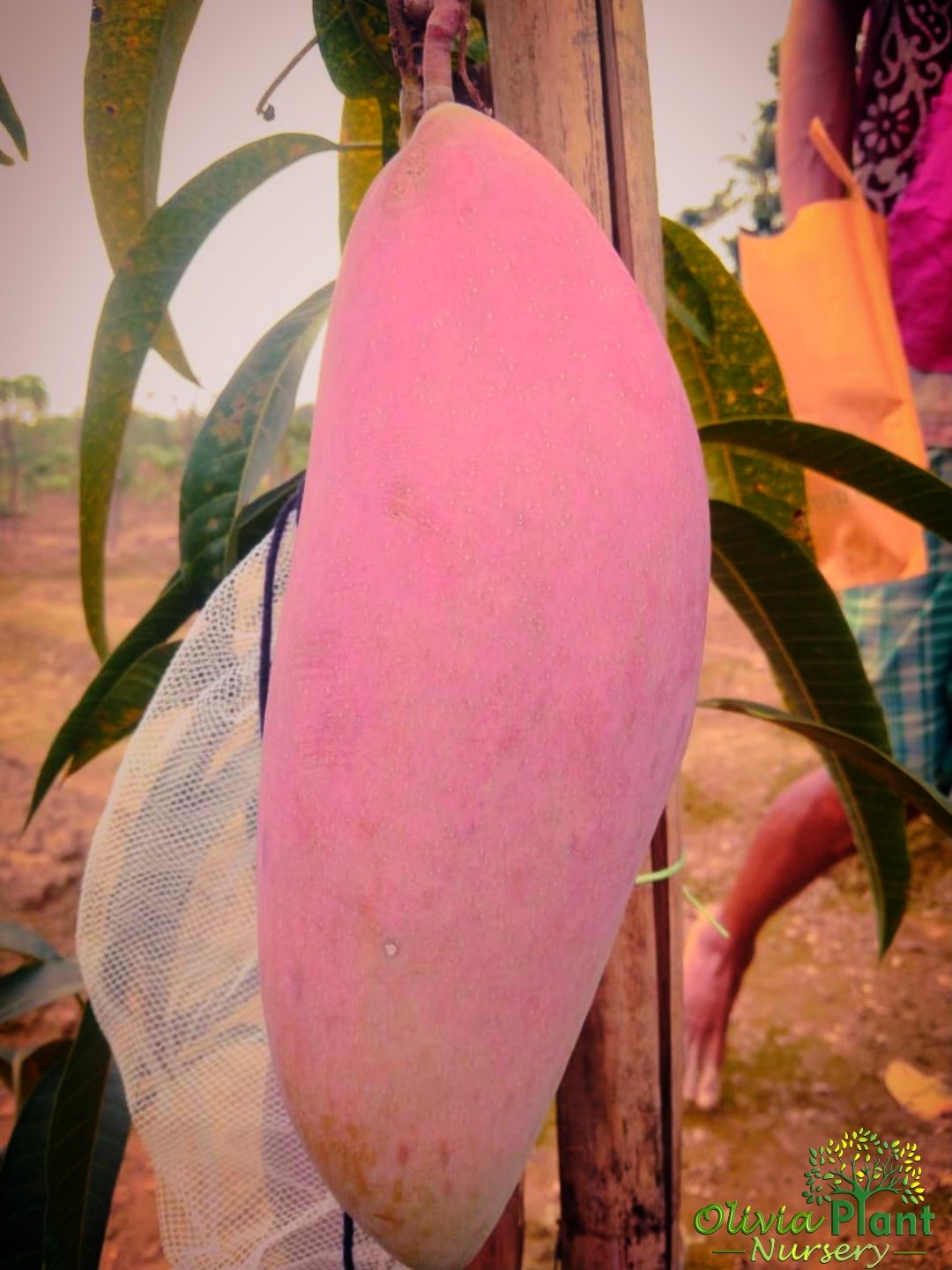Buy Red Ivory Mango Plant Online
₹1,200.00 Original price was: ₹1,200.00.₹390.00Current price is: ₹390.00.
More info
Categories Fruit Plants, Mango Plant
Tag Red Ivory Mango
Facebook
Pinterest
Twitter
LinkedIn
Description
Plant Type: Fruits
Plant Name: Red Ivory Mango
Usage/Application: Garden
Other Necessities: Full Sun Exposure
Brand: Olivia Plant Nursery
Soil Specific: Well Drained
Red Ivory mango was first introduced into Yunnan, Ivory is named for its resemblance to a young elephant’s tusk due to its long, thin shape. The very mango tree imported from Thailand still grows luxuriantly today. Its highest annual output reached nearly 500 kg. The mango is huge in size, in an oval shape, look like a young elephant task. This mango has smooth skinned, an exotic color with a fairly jumbo fruit size, weighing up to 2 kg per fruit. The taste of the fruit is sweet with a fragrant aroma and has soft flesh without fiber and considered approximately 82 percent of the fruit.
The best time to plant a mango tree is in end of the monsoon season when the weather is still mild. However, be sure it will not be exposed to any freezing point. Mango trees prefer a sunny spot with loose, well-draining soil. Make sure to consider the tree’s mature size when selecting a planting site.
1 – Upto 4-6meters, sometimes more or less depends on pot size and place of its location.
2. – In South India it starts from October to November and North India starts from January to Feburary. It takes 100-140 days from flower to fruit development.
3.- Edible fruiting will start after 1.5-2 years after purchase. Sometimes you will get the plant with fruit, but do not encourage till 1.5-2years to make the plant physically strong.
4. – It grows best in moist, tropical, and subtropical climates.
1….If you want to grow in a pot then a minimum of 25*25 inches of length & width and maximum size depends on you.
2….You can plant at any time of the year, but the most preferable time is June to July in low rainfall areas and October to November in high rainfall areas.
3….Manures and fertilizers should be applied 2 months before the flowering seasons. Fertilizers are applied 45 to 90 cm away from the trunk.
4….No watering is done 30 days before harvest. 5….Mango trees need higher doses of nitrogen when young, but after they begin to bear fruit, they need less. At that time, they need higher doses of phosphorus and potassium, which promote flowering and fruiting.
6…..Use a commercial organic fertilizer with a high percentage of potassium, such as 5-8-10, for fruit-bearing trees, or apply these nutrients with organic materials.
7….Compost is a good organic source of both phosphorus and potassium. You can also use rock phosphate, guano, blood meal, or bone meal to provide phosphorus, and seaweed to provide potassium.
Be the first to review “Buy Red Ivory Mango Plant Online” Cancel reply
Related products
-
Sale!

Litchi Plant Buy Online
₹270.00Original price was: ₹270.00.₹200.00Current price is: ₹200.00. Add to cart Buy now -
Sale!

Desi Coconut Plant Online
₹600.00Original price was: ₹600.00.₹250.00Current price is: ₹250.00. Add to cart Buy now -
Sale!

viyetnam jambu Red Dragon Fruit Plant
₹400.00Original price was: ₹400.00.₹200.00Current price is: ₹200.00. Add to cart Buy now -
Sale!

Buy Darjeeling Giant Kamla Online
₹500.00Original price was: ₹500.00.₹180.00Current price is: ₹180.00. Add to cart Buy now



Reviews
There are no reviews yet.